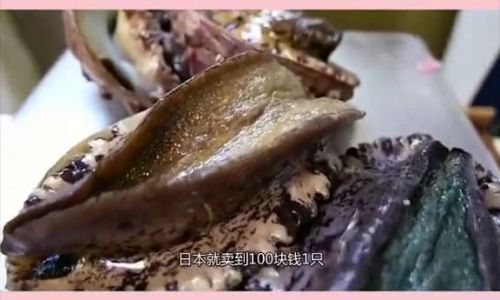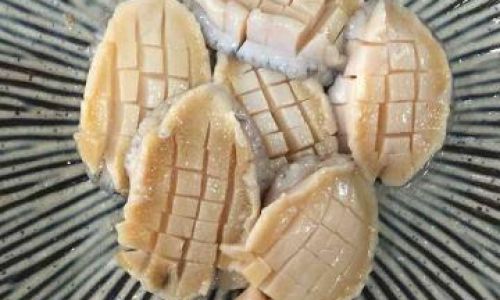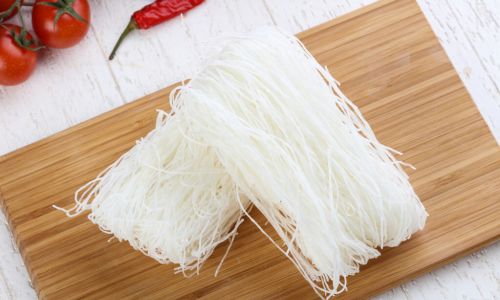Steaming abalone, a prized seafood delicacy cherished globally for its buttery texture and briny flavor, requires precision and patience. Achieving the ideal balance between tender succulence and overcooked rubberiness hinges on understanding the nuances of cooking time. This article delves into the science, techniques, and variables that determine how long to steam abalone to perfection. Whether you’re a novice cook or a seasoned chef, this guide will equip you with the knowledge to elevate your abalone dishes to culinary mastery.
The Basics of Abalone Anatomy and Cooking
Abalone, a marine snail clinging to rocky coastlines, boasts a muscular foot that is the star of the dish. This meat is dense and fibrous, requiring careful cooking to break down its tough collagen into velvety softness. The thickness of the abalone, its freshness, and whether it’s whole or sliced all influence steaming time. A 3-inch abalone (approximately 7.5 cm) will cook differently than a smaller, thinner variety.
Factors Influencing Steaming Time
- Size and Thickness: Larger abalones (over 4 inches) demand longer steaming to ensure even cooking. Thinly sliced abalone, however, cooks in minutes.
- Freshness: Fresh abalone cooks faster than frozen or aged specimens, which may require marginally longer times to tenderize.
- Preparation Method: Scoring the meat (cutting a crosshatch pattern) or pounding it lightly can reduce cooking time by promoting heat penetration.
- Steaming Equipment: Bamboo steamers retain moisture differently than stainless steel ones, affecting heat distribution.
General Steaming Guidelines
- Small Abalone (2–3 inches): 5–7 minutes.
- Medium Abalone (3–4 inches): 8–10 minutes.
- Large Abalone (4+ inches): 12–15 minutes.
Note: These times apply to whole abalone. Sliced or butterflied pieces may cook 2–3 minutes faster.

Step-by-Step Steaming Process
-
Preparation:
- Clean the abalone thoroughly, removing any grit from the shell.
- Detach the meat from the shell (reserve the shell for presentation if desired).
- Optional: Score the flesh or slice it into ¼-inch thick pieces.
-
Seasoning:
Marinate the abalone briefly in a mixture of soy sauce, rice wine, ginger, and garlic to enhance flavor without adding excess moisture.
-
Steaming:

- Place the abalone in a heatproof dish. Add a splash of liquid (water, broth, or wine) to the steamer to create steam.
- Cover tightly and steam over medium-high heat. Avoid lifting the lid during cooking, as this releases heat and prolongs cooking.
-
Testing Doneness:
Gently press the abalone. It should yield slightly but remain firm. Overcooked abalone feels spongy and loses its springy texture.
Advanced Techniques for Perfect Results
-
Double-Steaming Method:
Steam the abalone for half the recommended time, then let it rest off-heat for 5 minutes before resuming steaming. This prevents overcooking. -
Ice Bath Finish:
After steaming, plunge the abalone into an ice bath to halt cooking. This technique, often used in sushi preparation, preserves texture.
-
Combination Cooking:
For ultra-tender results, simmer abalone in a court-bouillon (aromatic broth) for 20–30 minutes before steaming. This two-step method breaks down tough fibers.
Common Mistakes to Avoid
- Overcrowding the Steamer: Overlapping abalone pieces create uneven cooking.
- Using High Heat: Boiling-hot steam toughens the meat. Maintain a gentle simmer.
- Skipping Scoring: Unscored abalone may curl during cooking, leading to uneven doneness.
Recipe Ideas and Flavor Pairings
-
Classic Steamed Abalone with Ginger and Scallions:
Serve whole abalone atop its shell, garnished with a drizzle of hot oil infused with ginger and scallions. -
Abalone with Black Bean Sauce:
Toss sliced abalone in fermented black bean sauce and steam for a savory, umami-rich dish. -
Abalone Dim Sum:
Wrap seasoned abalone slices in rice paper with vegetables and steam for delicate dumplings.
-
Abalone and Mushroom Medley:
Pair steamed abalone with shiitake mushrooms and oyster sauce for an earthy contrast.
Regional Variations in Steaming
- Chinese Style: Often incorporates Shaoxing wine, soy sauce, and cilantro.
- Japanese Style: Abalone is frequently grilled briefly after steaming to caramelize the surface.
- Mediterranean Twist: Steamed abalone with olive oil, lemon, and fresh herbs like parsley or dill.
Troubleshooting Guide
- Rubbery Texture: Overcooked. Reduce time by 2–3 minutes next time.
- Tough Center: Undercooked. Increase time slightly or slice thinner.
- Dry Abalone: Insufficient steam or overcooking. Ensure the steamer is properly sealed.
The Science Behind Steaming
Steaming cooks food via hot vapor, which gently transfers heat without submerging the abalone in liquid. This method preserves moisture and nutrients while concentrating flavors. The collagen in abalone converts to gelatin between 140–160°F (60–71°C), a process that requires steady, moderate heat. Rushing this conversion with high temperatures results in toughness.
Equipment and Tools
- Bamboo Steamer: Retains moisture and imparts a subtle aroma.
- Stainless Steel Steamer: Durable and easy to clean, but may require more liquid.
- Electric Steamer: Offers precise temperature control for consistent results.
Sustainability Note
Overharvesting threatens wild abalone populations. Opt for farmed varieties, such as red abalone from California or greenlip abalone from Australia, which are cultivated responsibly.
Conclusion: The Pursuit of Perfection
Steaming abalone is an art that rewards attention to detail. By mastering the interplay of size, heat, and time, you can transform this humble mollusk into a dish of unparalleled elegance. Remember: practice makes perfect. Experiment with sizes, seasonings, and techniques to discover your signature style. Whether served as a luxury appetizer or a centerpiece at a banquet, perfectly steamed abalone is a testament to the culinary alchemy of simplicity and precision.

Final Tip: Always let steamed abalone rest for 2–3 minutes before serving. This brief pause allows the juices to redistribute, ensuring every bite is as flavorful as the last. Bon appétit!





0 comments